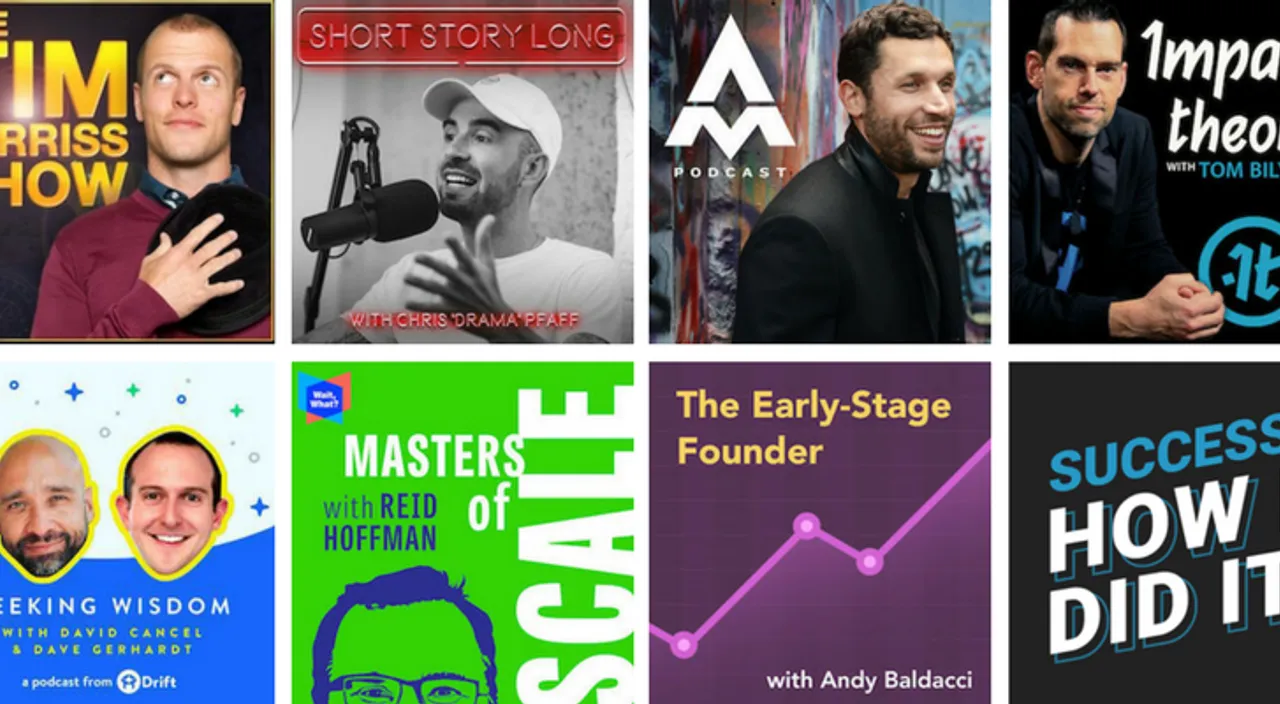Product descriptions are often undervalued and under estimated. In truth, the product description is one of the hardest working, most compelling pieces of copy on your website. In just a few short sentences the product description must sell your product.
Many marketers make the mistake of thinking that the only purpose of a product description is to describe the product. The true purpose of a product description is to sell the product.
Writing product descriptions for your online store is an important task, and worth the ROI you will achieve if you invest some time and effort into doing it well.
How to create hard working product descriptions
Regardless of whether you are a professional copywriter, you can learn the rules of writing sales copy, and apply them to your e-Commerce website to help you convert.
Here are the guidelines:
Know your product
This may sound like common sense, but before you can write a good product description you must know your product. Start by asking yourself these questions about the product”
Who?
What?
Where?
When?
Why?
How?
Who is the product designed for? Take moment to think about the buyer persona’s you should be targeting.
What is it? What are the dimensions? What are the features? What are the specifications, variations and sizes available? What do you with it? What does it do?
Where would it typically be used?
When would the product be used? Is it for special occasions or everyday use? Is it only for night time?
Why Should a customer choose this product over its competitors?
How does it work? This is a valuable piece of information which many customers look at, especially if something seems “too good to be true”. You need to understand how your product delivers what it promises.

By now you should know your product well. If you have a long list of products to write descriptions for this process might seem daunting, but it needn’t be. The best option is usually to create a small template for yourself and fill this out as you go along.
Focus on your end consumer (or buyer)
If you try to appeal to everyone you will find yourself writing product descriptions that sound boring, insincere, and generic. These kinds of descriptions don’t inspire the buyers trust in you or your product, and they don’t convert into sales.
Instead, focus on the ideal buyer for your product – your target persona. What kind of language do they use? What are their pain points or passions points? Use words that they would use. Do they have a sense of humour or are they very serious? What words turn them off? What questions would they typically ask about the product? Address them directly as If you were speaking to one person. Use the word “you”.
Most importantly remember that you are “talking” to a real person. Let them feel like you are a real person. Too.
Hook them with benefits and features
You probably know your product pretty well and you most likely get excited about the features. Remember – your customer may not find the features as enticing – especially if they don’t know what the features mean for them.

Your product description should describe the benefits of each feature and why it is so useful, or what it can be used for. For example, if you are selling a flashlight, and the new feature is a rubber grip – you wouldn’t just say “features rubber grip”, you would say “Featuring a new and improved rubber grip for added security, lighting your way on any adventure, from a fishing trip in the rain to a late night barbeque”.
You are telling the consumer how the feature is making their life better in a way that they can easily visualise. You are selling the experience.
Avoid meaningless, empty phrases
Sometimes if we run out of things to write about our products it can be tempting to use phrases like “top quality manufacturing” or “excellent quality” you lose the trust of your buyer. Why? Because every consumer has heard those words before and they are not always on good quality products.
What’s more – they start to wonder why you are going to so much effort to try and convince them that your product is top quality. Surely you shouldn’t need to reassure people of your “top quality manufacturing”.
Instead you could list the checks and processes each item goes through before leaving the manufacturers. This says the same thing but in a more credible way. Another option is to describe each technical detail and its benefit, without mentioning the product. For example, on an Italian handbag you might mention the hand stitching in silk thread, the stainless-steel buckles, and the adjustable strap, and how they help you.
Don’t be afraid to be specific with your product details and add lots of them. They give your product credibility.
Don’t use superlatives unless they are true
Saying something is the “best”, “most advanced”, or “highest quality available” sounds fake and insincere. The only time that it’s okay to use these kinds of superlatives is if you can actually prove them. For example, “Best loved Biscuit” would have to be backed with a statement like “Winner of the 2017 World Biscuit award”.

If you don’t have an award to back you up then you should consider rephrasing your copy. Using testimonials and reviews from past customers can act as a more believable way to say that you are the best, without actually saying it yourself. If you have a review that calls you the best – even better!
Help them to visualise it in their hands
One of the biggest problems with online sales is that people like to hold things in their hands before they buy. We instinctively want to touch, smell, and feel the product before we make a purchase. But e – Commerce doesn’t offer us that luxury.
So, you have to help your customer to visualize the product clearly through your product description. Make them feel what it would be like to own the product.
Ask them to “picture” or “imagine” and paint the scene for them. What would their life be like with this product in it? Where does it fit in? Paint the scene for them.
Tell the product story

When you tell the product’s story people forget that they are being marketed to. In fact if the story is interesting they may even share it with others – without realising that they are marketing for you.
Tell them about who made / invented the product. Tell them why it was invented and how it was adapted over time to become what it is now. Tell them what the obstacles were and how it was tested or developed until it was perfect.
Use sensory descriptions
Sensory words send messages to your brain that make it draw on past experience to make you feel as if you are having the experience. Use words like crunchy, silky, smooth, raw fibres, soft, hard, crisp, muted, bright, or clear. These are all sensory adjectives and unlike ordinary adjectives, they are good in a product description.
Reassure with social reviews
Most people don’t make a big purchase without getting someone else’s opinion on the product first. In e – commerce that vote of confidence can be achieved through reading reviews and testimonials.
You can include reviews and ratings from past buyers under your product description. You could also add social media posts.

Take it a step further and ask the reviewer if you can add their photo to the review. It gives your website a more human feel and also makes the reviews seem legitimate.
Mention how many people have purchased the product already and other popular purchases that were made with your product. This gives a sense that the product is popular and well known.
Make it easy to read
Include short sections of copy and make use of bullet points. Separate your reviews from the main product description with white space. White space is your friend.
People should be able to find information easily.




